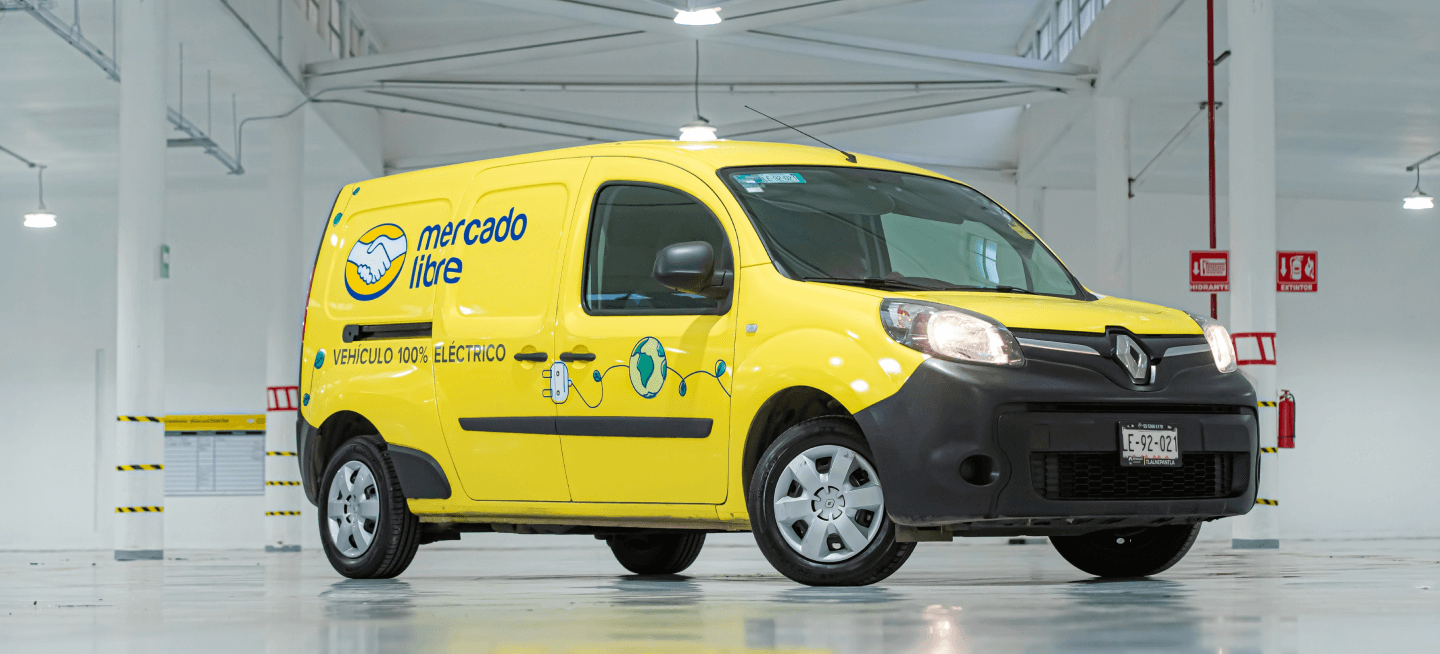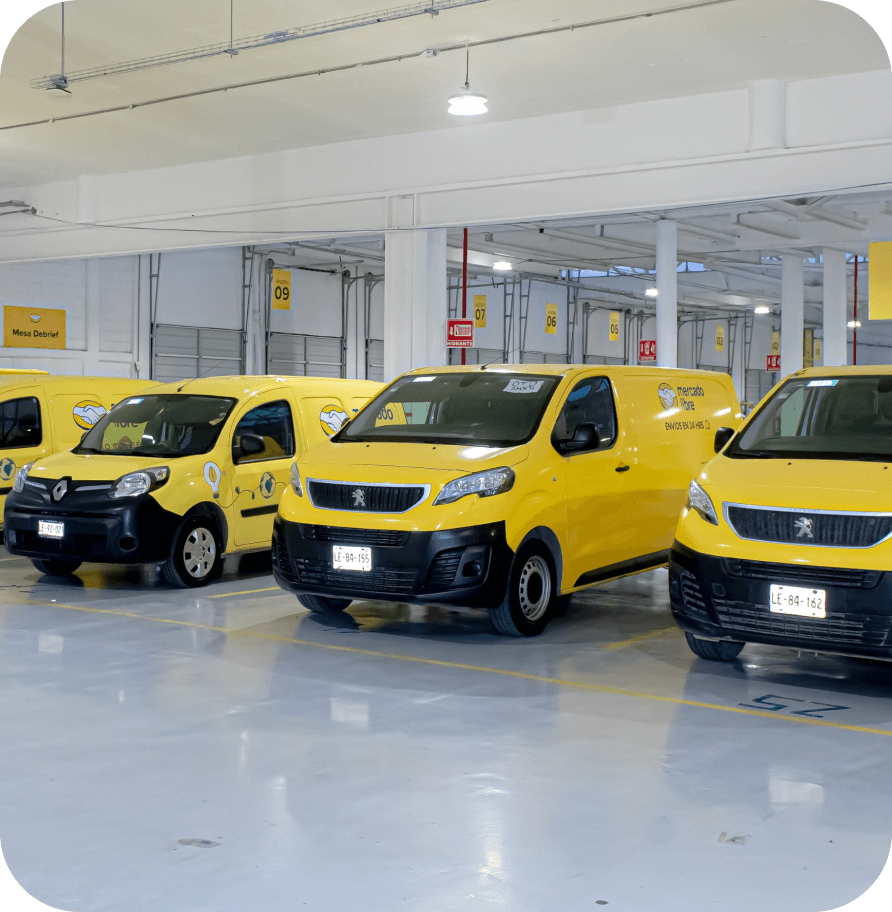Initiative
Sustainable mobility

About the initiative
Sustainable mobility is a fundamental part of our emissions reduction strategy. Our actions in this area are based on three pillars:
Electrification of the fleet
We are working on expanding our electric fleet and charging infrastructure, in partnership with leading market players to accelerate the development of logistics in the region.
In 2023, we increased the number of vans, urban cargo vehicles, motorcycles, and tricycles by 191%, reaching a total of 2321 units.
Use of alternative fuels
Another effective way to reduce emissions from our logistics is to use low-emission or renewable fuel sources. Therefore, we invested in the development of a fleet of trucks powered by natural gas, a fuel that emits about 18% less carbon than diesel.
In Brazil, some of the trucks are fueled with biogas, a fuel made from organic waste that has the potential to reduce emissions by up to 100% compared to diesel.
Efficiency
To reduce the emissions of each package we deliver, we rely on route planning and network systems that allow us to assign the most appropriate vehicles in each location.
We invest in real-time driving data measurement systems for our fleet, guaranteeing deliveries that are not only safer and faster, but also more fuel-efficient.
Innovation in Low-Emission Mobility
To expedite the transition to low-carbon logistics, we partnered with Newlab, an innovation lab based in the United States that fosters collaboration among entrepreneurs, scientists, and experts to develop cutting-edge technologies.
We carried out a study that aims to explore and integrate emerging technologies for low-carbon logistics from global enterprises and new global businesses. In 2023, we issued a call for projects for startups creating disruptive solutions on the topic. There were 128 participating organizations, mostly from Latin America, with nearly 80% of projects qualified for implementation from 2024.

Since 2019, we have been continuously investing in the expansion of our electric fleet, and the loading infrastructure of service centers and distribution points.
Main results
797
Electric vehicles used in our fleet.
210
Charging points for electric vehicles.
-0.9%
In relative emissions per request in the last mile compared to 2021.
- 15%
Relative emissions per order in the middle mile vs. 2022.
132
Trucks use natural gas in Brazil and Chile.
133
trucks use biomethane in Brazil.
There's a lot more


